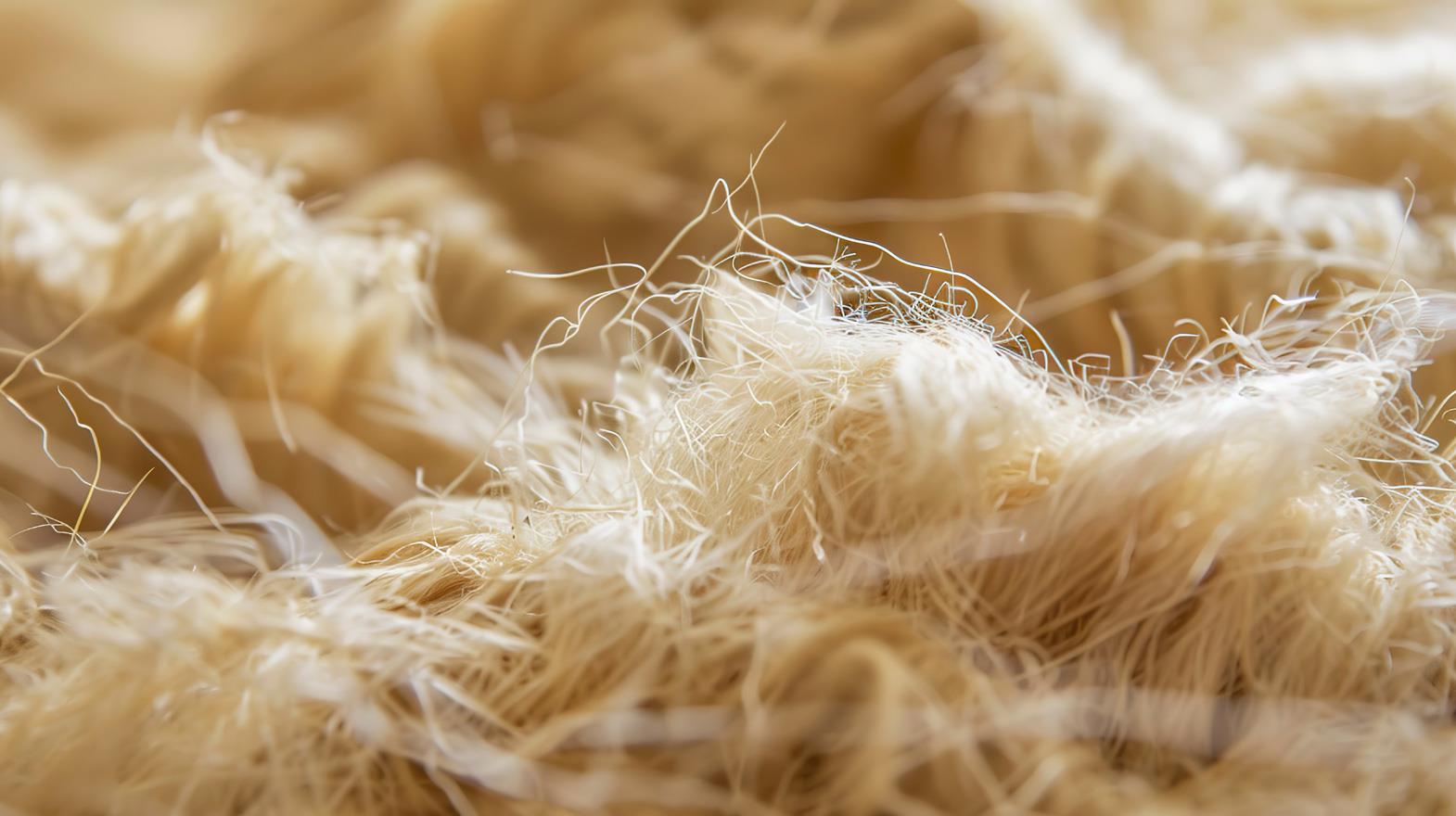Cornfibres have emerged as an eco-friendly substitute for synthetic fabrics and arebeing used for making not just clothes, but also in geotextiles and hometextiles. Renuka Tejaswini
For many years, enzymes likeamylase from malt extracts have been used to degrade starch-based sizes forcheap and effective desizing, which are also economical.
A low-cost and effectivebiotechnology solution in textile processing has been found and new fabricshave been discovered. To produce those fabrics, yarn and fibre manufacturingare necessary. Experiments are done to extract from various bio-based productswhich are derived from natural renewable resources (i.e., eco- friendly), whichare less dependent on petroleum-based ingredients. The product which acts as analternative to the synthetic is derived from corn.
By fermenting corn starch, whichgenerates lactic acid (i.e., polymer) corn fibres originate. Just corn fibresare made using fermentation of plant sugar. It is not naturally available sinceit involves chemical transformation. It is renewable because it does not comefrom a fossil product.
Cornfibre description:
Corn fibre is a manmade fibrewhich has all the advantages of synthetic materials and various properties ofnatural products such as cotton and wool.
The manufacturing of polymer incorn fibre involves process of fermentation, distillation and polymerisation ofsimple plant sugar (maize dextrose) on an industrial scale. First, the sugarsare fermented. After fermentation, products are transformed into a highperformance polymer called polylactide, which can be spun or processed intocorn fibre.
The production and use of cornfibre create less pollution and fewer greenhouse gases.
Fig: Eco Corn Fibre Small Ball
Conversionof starch:
Corn starch contains about 27 percent amylase. Starch cannot be metabolised directly by yeast. It should befirst broken down into simple six carbon sugars prior to fermentation. For thisconversion, the pH of the mash is adjusted to 6.0, followed by thealpha-amylase.
The mash is heated above100c using a jet cooker. The corn mash is kept at the elevated temperature forseveral minutes by pumping it through a holding tube equipped with a backpressure valve. The mash flows from the holding tube into a flash tank and thetemperature is allowed to fall to 80-90c. Now alpha amylase is added and themash is liquefied for at least 30 minutes. Then, the mash is cooled andglucoamylase enzyme is added. It converts starch into glucose.
Fermentation
process:
After cooking, the mash is cooled
to 32oc. With the addition of yeast, it is transferred to fermenters. For the
growth of yeast, urea is added. Ethanol and dry grind mills are also added to
break down the corn protein to free amino acids, which is an additional source
of nitrogen for the yeast. Fermentation requires 48 to 72 hours and has a final
ethanol concentration of 10 to 12 per cent, pH value decreases to 4, this
decrease in pH is important for increasing the activity of glucoamylase and
inhibiting the growth of contaminating bacteria.
Distillation
process:
Distillation is the process of
separating ethanol from solids and water in the mash. Alcohol vaporises at 78oc
and water at 100oc. Therefore, this difference allows water to be separated
from ethanol by heating in a distillation column.
Conventional process can produce
95 per cent pure ethanol. At this point, further separation of alcohol and
water cannot occur by heat. To blend with gasoline, the remaining 5 per cent
water must be removed by other methods. One of the methods is by molecular
sieve system with the help of modern dry grind ethanol plants. By this method
100 per cent pure ethanol can be produced.
The anhydrous ethanol is then
blended with approximately 5 per cent gasoline to make it undrinkable and thus
there will not be beverage alcohol tax.
Processing
stillage:
The solid and liquid fractions
remaining after distillation are referred as Whole Stillage. This includes
fibre, oil, and protein components of grain and non-fermented starch. First,
the thin stillage is separated from the insoluble solid fraction using
extruders. Then, the beer column in which ethanol is centrifuged with a
stoppered bottle. Between 15 per cent and 30 per cent of the liquid fraction is
recycled as backset, remaining is concentrated by evaporation and mixed with
the residual solids from the fermentation, finally a thick syrup is mixed with
the solids to make a feed product known as Wet Distillers Grains with Solubles
(WDGS).
PROPERTIES:
•
It is a natural flame-retardant fibre.
•
It has strength and provides comfort, softness and drape.
•
It can be in spun and filament form and in a wide variety
of counts.
•
It has moisture management property and low odour
retention.
•
Corn fibre filaments have a subtle lustre.
•
It is resistant to UV light, retains strength, colour etc
properties overtime.
•
Garments in corn fibre have quick drying and show excellent
after-wash appearance etc.
•
It is completely
biodegradable, compostable, burnable (without producing dangerous fumes) and
recyclable.
Fig:
Corn PLA Fibre
Fig:
Corn Fibre Silver
Applications:
Corn fibre can be used both with
woven and non-woven fabrics.
•
Apparel: Sports, casual wear t-shirts, fleece, jeans,
shirting's, trousers, duvet, jackets, jersey dressing, hosiery etc.
Fig:
A Corn based fibre made apparel fibre Fig: Textile Made from Eco-friendly Corn
Extract
•
Home textiles: Blankets, carpets, pillows, duvets,
mattresses, draperies etc.
Fig: Corn fibre made
carpets
•
Non Woven's: Used in cosmetics and diapers.
Fig:
Corn fibre made diapers
•
Industrial applications: Geo textiles, agro textiles etc.
Fig: Corn fibre made
agrotextiles
Other corn fibre products
Fig: Corn Fibre Socks
Bibiliography:
1. Dr. Reena Agarwal et.al.
"Corn Fibre: A New Fibre on Horizon".
2. R. J.
Bothast, M. A. Schlicher, "Biotechnological processes for conversion of
corn into ethanol", Appl Microbiol Biotechnol (2005), volumes 19-25.
3. AshokMulchandani,"Applied
biochemistry and biotechnology", Volumes 113-116 (12 Issues), spring 2004,
ISSN: 0273-2289.
4. Ecohandmakers.wordpress.com
5. Everychina.com
6. Pamlal.wordpress.com
7. Hisupplier.com
8. Textileworld.com
9. Ecouterre.com
10. Artisanflooring.co.nz
11. Xkko.eu
12. Textilesinnovationsophiewise.wordpress.com








Comments